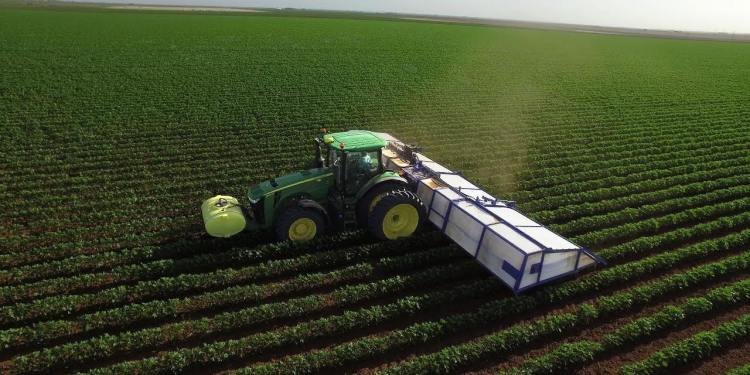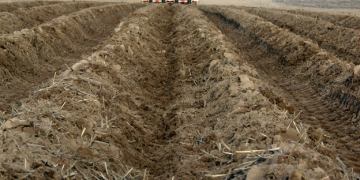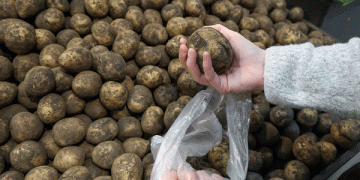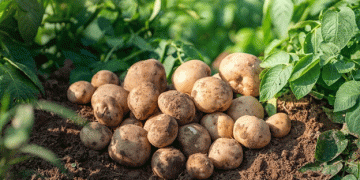There’s a trifecta of change coming to agriculture.Two analysts with RaboResearch shared what’s on the horizon for agricultural inputs during the 2021 Top Producer Summit. Sam Taylor, RaboResearch Farm Inputs Analyst, and Stephen Nicholson, RaboResearch Grains Analyst, say while many would call these emerging technologies ‘disruptive,’ they prefer to think of them as evolutionary elements to agriculture.

The 3 farm input trends to watch are:
- Biologicals
- Ag tech
- Ecommerce
The analysts point to these three technologies as having increasing presence in the industry, but they also note challenges in their adoption.
“For biologicals—biostimulants, biofertilizer, biocontrols—they have various rates of adoption across different geographies and different crops,” says Taylor. “Somewhere in the region of 65% of farmers err on the side of negativity on biologicals. Availability is a factor, as is if they have a retailers who are teaching them to want to try them and provide assurance so it’s worth the investment.”

Taylor points to the nutrient use efficiency market and how retailers have used those products to build sales while building farmer confidence in performance as a possible model for expanding biological sales.
“But overall, large-scale adoption of biologicals will take longer to diffuse across the ag landscape than what a lot of people would hope,” he says.
Taylor and Nicholson define the ag tech category by including on-farm and off-farm technologies. And they say realizing the full benefits of ag tech isn’t limited by a lack of options—it’s limited by the lift required.
“If you want to apply a baseball analogy, we are between 1st and 2nd base in this game,” Nicholson says. “I think there’s a need for a business who understands how to help farmers interpret data and get information to them.”
For the third area, e-commerce, the analysts say three main barriers are keeping a low use rate for e-commerce (online ordering with doorstep delivery) in ag inputs:
- There’s still a large bricks and mortar infrastructure (they cite data that only 35% of Main Street purchases/consumer goods are made online).
- People want to have a relationship with suppliers and farmers need service provided by ag retail.
- There’s a good amount of people just not comfortable with ecommerce.

“Ag retailers will evolve and there’s an opportunity to bolt-on aspects of ecommerce to their business,” Nicholson says. “And when you think about the entire supply chain—farm to fork—e-commerce is coming into play.”
Learn more from these analysts by registering for the online Top Producer Summit.







